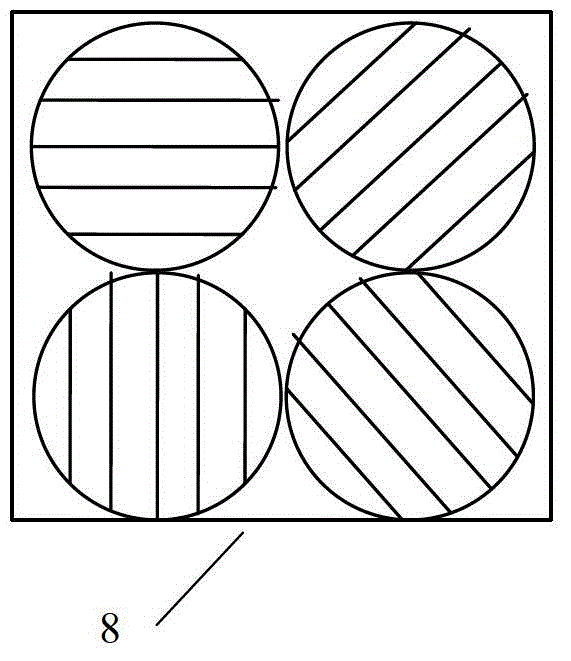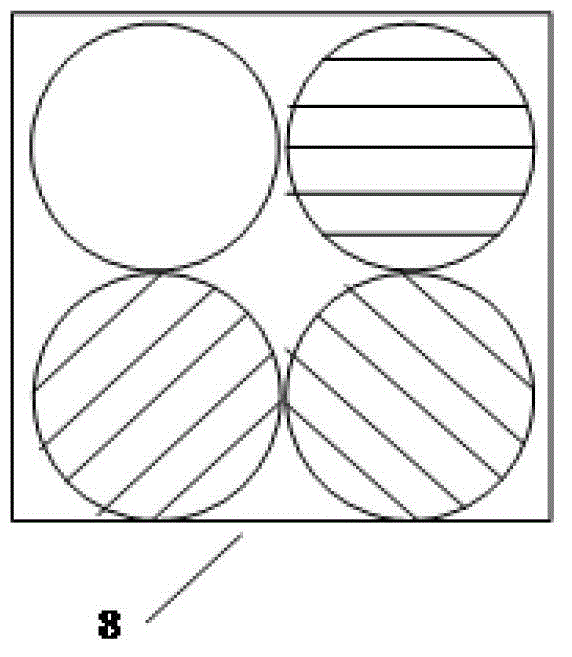Sub-aperture polarization imaging system
A polarization imaging and aperture-division technology, which is applied in the field of photoelectric detection, can solve the problems of bulky, incapable of imaging, and high cost, and achieve the effect of improving imaging quality and making up for the loss of energy.
- Summary
- Abstract
- Description
- Claims
- Application Information
AI Technical Summary
Problems solved by technology
Method used
Image
Examples
Embodiment Construction
[0041] The present invention will be described in detail below with reference to the accompanying drawings and examples.
[0042] The present invention provides a sub-aperture polarization imaging system. In order to make up for the poor imaging quality caused by the direct imaging of polarized light by four lenses in the prior art, it is considered to use a negative lens and a positive lens in the system to solve the problem. problem, the negative lens is used to eliminate field curvature in the system, and the positive lens eliminates spherical aberration and coma. In order to better eliminate spherical aberration and coma, consider using multiple lenses to combine into a positive lens, but considering Light transmittance, processing cost and ease of processing determine the use of a combination of a positive lens and a meniscus lens to achieve the above objectives.
[0043] Because the direct projection imaging of the 4 lenses in the sub-lens array 9 can cause image overlap...
PUM
 Login to View More
Login to View More Abstract
Description
Claims
Application Information
 Login to View More
Login to View More - R&D
- Intellectual Property
- Life Sciences
- Materials
- Tech Scout
- Unparalleled Data Quality
- Higher Quality Content
- 60% Fewer Hallucinations
Browse by: Latest US Patents, China's latest patents, Technical Efficacy Thesaurus, Application Domain, Technology Topic, Popular Technical Reports.
© 2025 PatSnap. All rights reserved.Legal|Privacy policy|Modern Slavery Act Transparency Statement|Sitemap|About US| Contact US: help@patsnap.com



